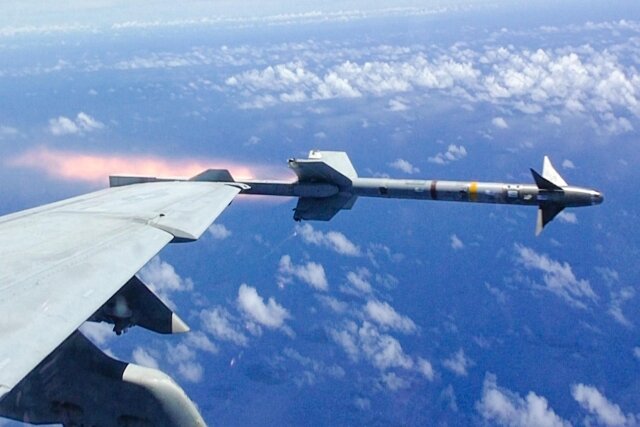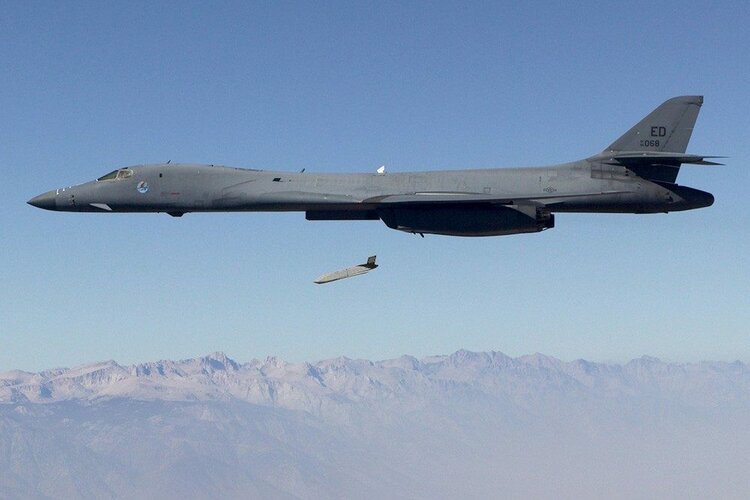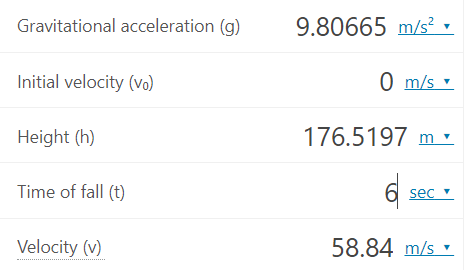There are two method of missile launch
The first is by rail launch, where missile is mounted on a rail and propelled straight forward

The second method where missile are mounted by lugs and either dropped or ejected down before the engine propelled them forward

Based on how they look, I assume that for the first method, there isn't any limitation of altitude, the missile can be launched even when aircraft is parked on ground, but how about the second method? is there are general limitation such as the aircraft must be at least 10 meters away from the nearest surface?
The first is by rail launch, where missile is mounted on a rail and propelled straight forward

The second method where missile are mounted by lugs and either dropped or ejected down before the engine propelled them forward

Based on how they look, I assume that for the first method, there isn't any limitation of altitude, the missile can be launched even when aircraft is parked on ground, but how about the second method? is there are general limitation such as the aircraft must be at least 10 meters away from the nearest surface?

